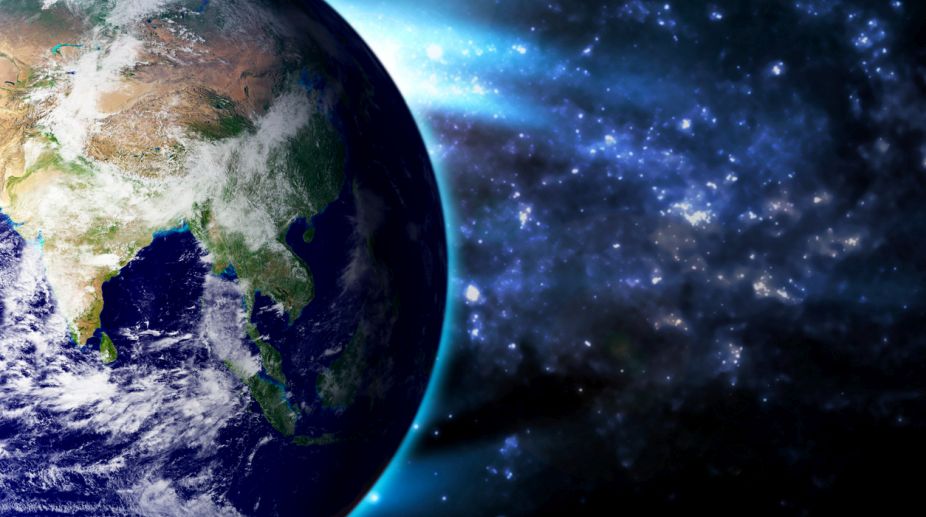Humans have long been shaping Earth's landscape, but now scientists know that we also can shape our near-space environment with radio communications.
The impact of such communications extend out beyond our atmosphere, creating a bubble surrounding Earth, NASA's Van Allen Probes, which study electrons and ions in the near-Earth environment, have revealed.
Advertisement
A certain type of communications — very low frequency, or VLF, radio communications — were found to interact with particles in space, affecting how and where they move.
At times, these interactions can create a barrier around Earth against natural high energy particle radiation in space, showed the results of a study published in the journal Space Science Reviews.
"A number of experiments and observations have figured out that, under the right conditions, radio communications signals in the VLF frequency range can in fact affect the properties of the high-energy radiation environment around the Earth," said Phil Erickson, Assistant Director at the Massachusetts Institute of Technology (MIT) Haystack Observatory, Westford, Massachusetts.
VLF signals are transmitted from ground stations at huge powers to communicate with submarines deep in the ocean.
While these waves are intended for communications below the surface, they also extend out beyond our atmosphere, shrouding Earth in a VLF bubble.
This bubble is even seen by spacecraft high above Earth's surface, such as NASA's Van Allen Probes.
The probes noticed an interesting coincidence ? the outward extent of the VLF bubble corresponds almost exactly to the inner edge of the Van Allen radiation belts, a layer of charged particles held in place by Earth's magnetic fields.
With further study, VLF transmissions may serve as a way to remove excess radiation from the near-Earth environment.
Plans are already underway to test VLF transmissions in the upper atmosphere to see if they could remove excess charged particles ? which can appear during periods of intense space weather, such as when the sun erupts with giant clouds of particles and energy, NASA said.









